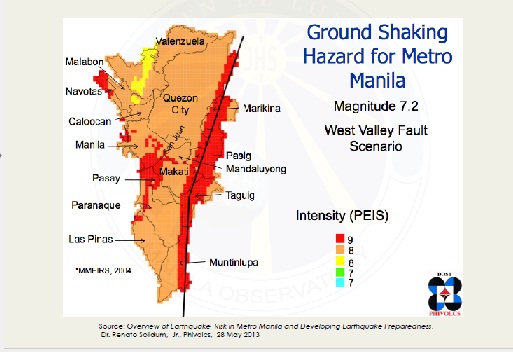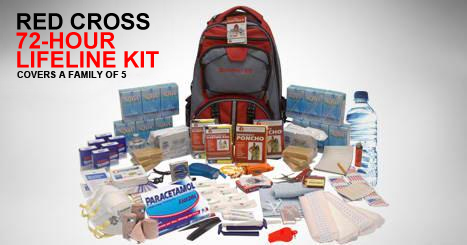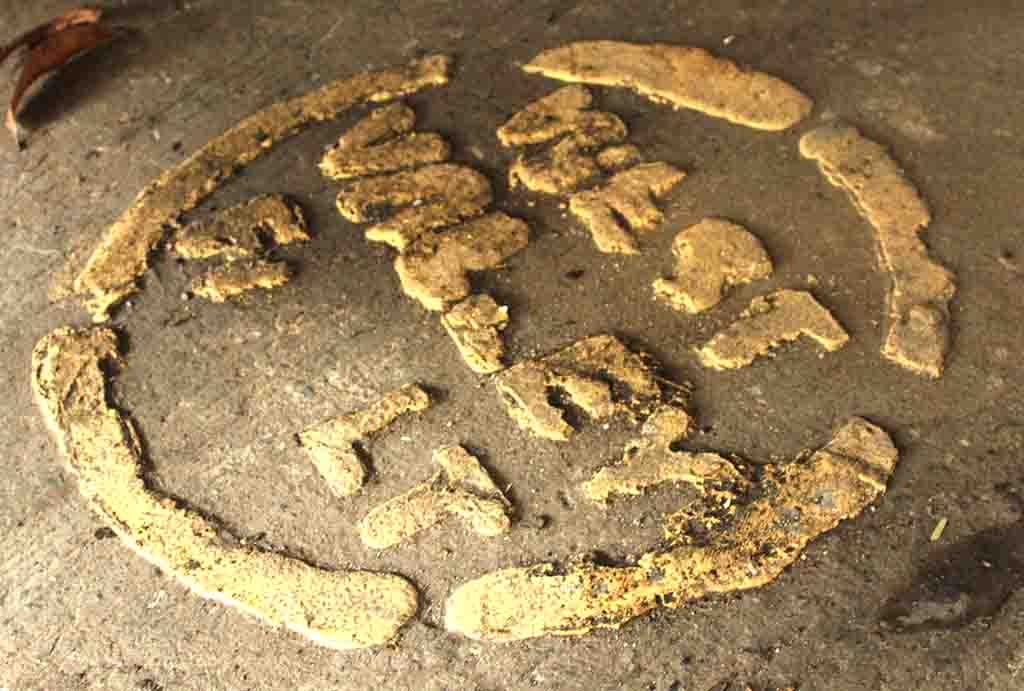The earthquake that shook Batangas and the other provinces in Central Luzon Tuesday once again reminded the public of the possible movement of the West Valley Fault that could have catastrophic result.

When a 6.7 intensity earthquake jolted Surigao del Norte last February, Director Renato Solidum of the Philippine Institute of Volcanology and Seismology once again asked those living along and in the vicinity of the 100-km-long fault, which runs through different cities and towns of Bulacan, Rizal, Metro Manila, Cavite and Laguna to prepare, not just stocking up on food and buying flashlight batteries but having the buildingsthey live in inspected, evaluated and retrofitted.
During a conference on Disaster Preparedness in 2014, Mayor Herbert Bautista said there were some families in Quezon City subdivisions who would rather remain in denial about the danger. They did not want to hear about the warning as they were more concerned about the decrease in the value of their property.
Solidum said data from paleoseismology or the study of past earthquake events show that the West Valley fault moves every 400 to 600 years.
The West Valley Fault moved in 1658 or 357 years ago. Philvolcs scientists say the fault is “ripe” and expects movements.
It’s not that one wishes for it but preparation is the best way to deal with it.
Sen. Loren Legarda’s office has produced a “Disaster Preparedness and First Aid Handbook. Here are some of the ways to prepare for it.
-Determine whether the site is along active fault and prone to liquefaction or landslide which may cause damage to your house or building.
-Be sure that proper structural design and engineering practice is followed when constructing a house or building.
-Evaluate the structural soundness of buildings and important infrastructure: strengthen or retrofit if found necessary.
-Plan ahead with your family in case of an earthquake. Decide on a place to meet in the event that you are separated.
-Develop family, workplace and community preparedness and evacuation plan.
– Strap heavy furniture/cabinets to the wall to prevent sliding or toppling.
-Check the stability and secure hanging objects, like ceiling fans and chandeliers, which may break loose and fall during earthquakes.
-Heavy materials, breakable items, harmful chemicals, and flammable materials should be stored in the lowermost shelves and secured firmly.
-Make it a habit to turn gas tanks off when not in use.
-Familiarize yourself with your place of work and residence.
-Identify relatively strong parts of the building like locations near elevator shafts, near columns and beams, and sturdy tables where you can take refuge during an earthquake.
-Learn to use fire extinguishers, first aid kits, alarms, and emergency exits. These should be accessible/conveniently located, and prominently marked.
-Prepare and maintain an earthquake survival kit consisting of a battery-powered radio, flashlight, first aid kit, potable water, candies, ready-to-eat food, sturdy rope, water-resistant matches, whistle, dust mask, clothes, and blanket.
-Conduct and participate in regular earthquake drills.

Students gather at the Jose P. Rizal Elementary School quadrangle
after vacating their rooms in one of the country’s biggest earthquake
simulation exercises. VERA Files photo by Bryan Ezra Gonzales.

